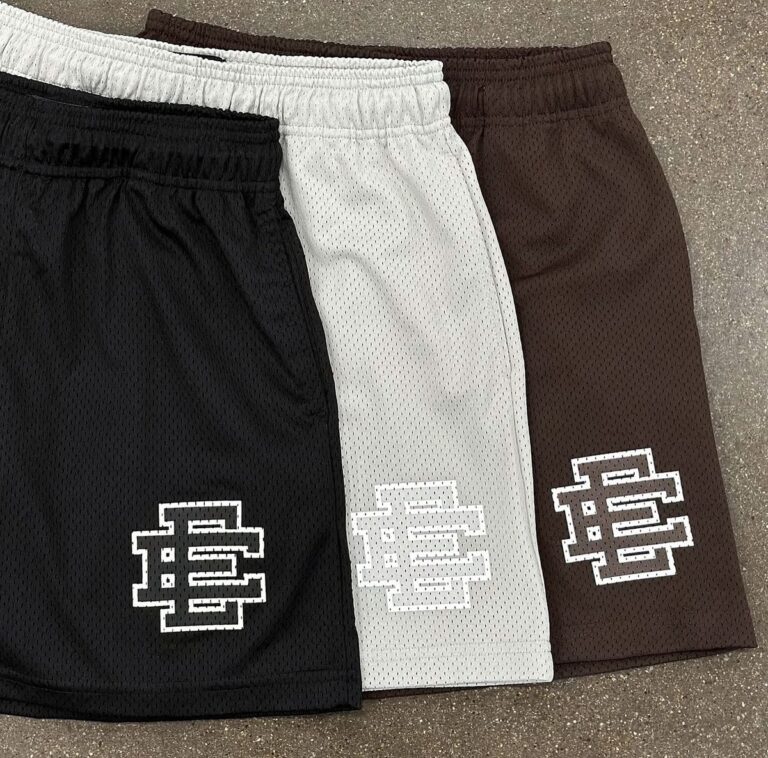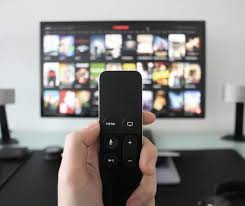Sketching is one of the most accessible and expressive forms of art, and starting out only requires a few essential materials. For beginners, choosing the right sketching tools can make a big difference in how easily and effectively they can practice and develop their drawing skills. The basic materials for sketching include pencils, paper, erasers, sharpeners, blending tools, and optional items like charcoal or ink pens.
1. Sketching Pencils
Pencils are the most fundamental tools for sketching. Graphite pencils come in different grades, from hard (H) to soft (B). A harder pencil like 2H creates lighter lines and is good for fine details or initial outlines. Softer pencils like 2B, 4B, or 6B produce darker, bolder lines, useful for shading and depth. Beginners should have a small set covering a range from H to B grades so they can explore different effects.
2. Sketchbook or Drawing Paper
The type of paper used can affect the texture and quality of a sketch. A smooth surface (like hot-pressed paper) is good for detailed pencil work, while rougher surfaces (like cold-pressed or sketching paper) are ideal for shading and charcoal. A sketchbook is a convenient option for practicing regularly and keeping artwork organized. Paper weight (measured in gsm) also matters—heavier paper can handle more erasing and layering without tearing.
3. Erasers
Two types of erasers are commonly used in sketching: standard rubber erasers and kneaded erasers. A rubber eraser is great for removing clean lines, while a kneaded eraser can be shaped to erase small areas without disturbing nearby details. Kneaded erasers are especially useful for lifting graphite or charcoal gently, allowing artists to lighten areas without fully erasing them.
4. Pencil Sharpener
A sharp pencil is key for clean lines and detail. A handheld sharpener is usually enough, but some artists prefer knife sharpening for better control over the pencil’s shape. Mechanical pencils are another option for consistent fine lines without sharpening.
5. Blending Tools
Blending stumps (tortillons) and tissue paper are useful for smoothing out pencil shading and creating soft gradients. They help transition tones in realistic sketches, such as portraits or still-life drawings. Beginners often enjoy experimenting with blending to enhance their shading technique.
6. Optional Materials
As skills grow, beginners may explore materials like charcoal sticks for bold, dramatic sketches, or ink pens for clean, graphic styles. Colored pencils and water-soluble graphite pencils can also add variety to sketches.
In summary, essential sketching materials include a range of graphite pencils, suitable paper, erasers, a sharpener, and blending tools. These items give beginners a solid foundation to practice line work, shading, and texture. While the tools are simple, they open the door to limitless creative possibilities. Over time, as confidence builds, artists can experiment with more advanced tools to further refine their style and expression.









